14 Sunbeam Snake Care Tips Every Owner Should Know
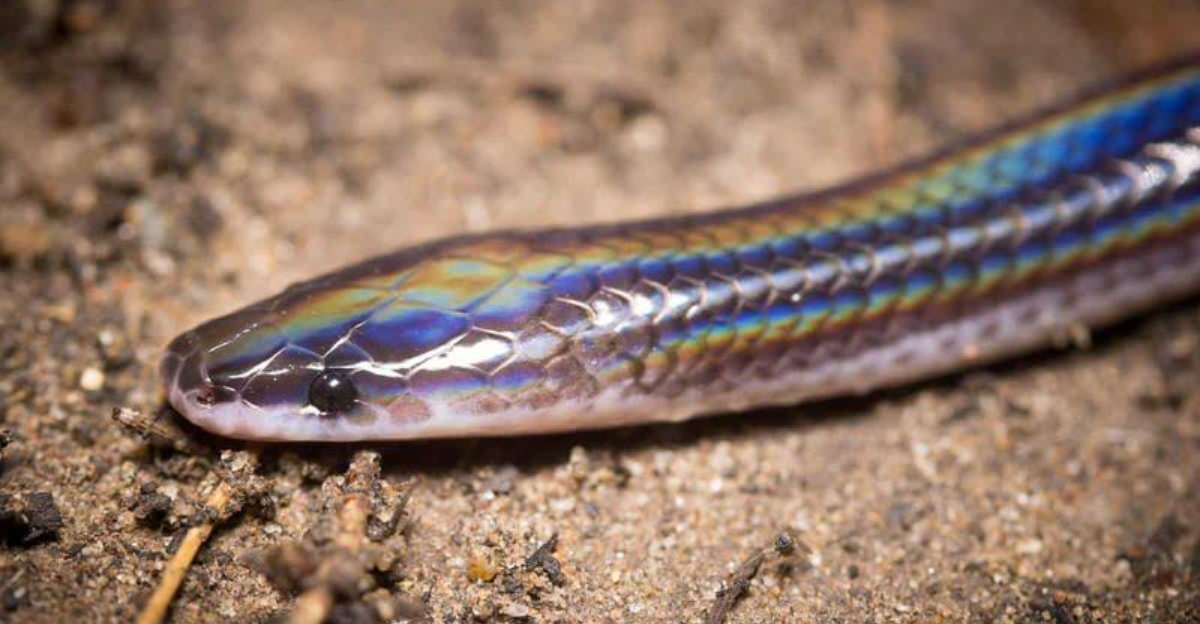
Ever heard of a snake that shimmers like a rainbow under light? Meet the Sunbeam Snake, an often-overlooked gem of the reptile world.
With their iridescent scales and charming demeanor, these slithery pals are a sight to behold. But caring for them requires a little know-how and a touch of dedication.
Let’s explore some fun and essential tips for keeping your Sunbeam Snake happy and healthy.
1. Proper Habitat Setup

Creating a cozy home is essential for your Sunbeam Snake. Opt for a spacious tank with ample hiding spots and soft substrate.
Keep the humidity high, between 70-80%, to mimic their natural environment. A temperature gradient between 75-85°F ensures comfort.
2. Dietary Requirements

Did you know Sunbeam Snakes enjoy a diet of appropriately-sized rodents? Young snakes might start with pinkie mice, while adults graduate to larger prey.
It’s crucial to offer prey that matches the snake’s girth. Feed them once a week, and avoid handling right after meals to prevent regurgitation.
3. Handling With Care
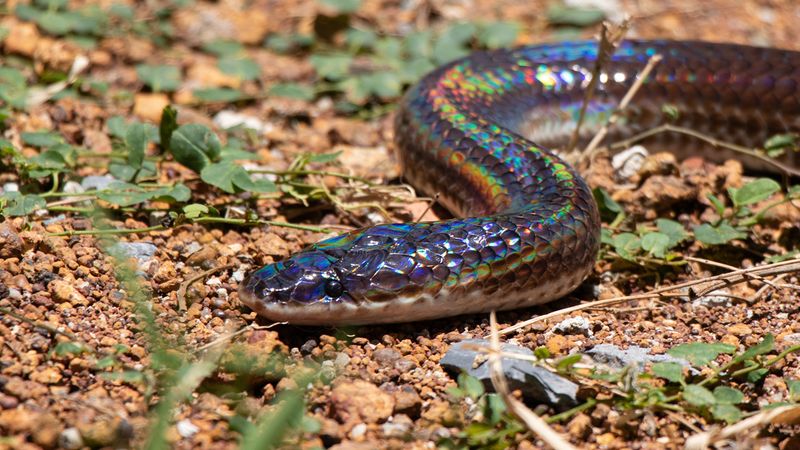
Approach your Sunbeam Snake slowly and calmly. They’re shy by nature, so let them become familiar with your scent and touch.
Avoid sudden movements, and always support their body fully. Over time, you’ll build trust.
4. Shedding Process

Shedding’s a natural part of growth. Sunbeam Snakes shed their skin in one piece, which signals good health.
Ensure the humidity is up during this time to help the process. If you notice stuck skin, a warm, humid hide can assist.
5. Signs Of Illness

Regular observation helps spot issues early. Look for signs like refusal to eat, swollen scales, or lethargy.
If these appear, a vet visit is wise. Sunbeam Snakes are resilient, but prompt care ensures swift recovery.
6. The Perfect Temperature

Temperature control is crucial! Sunbeam Snakes thrive in a range of 75-85°F. Use a reliable thermometer to monitor their habitat.
Avoid extreme fluctuations, which can stress them out. Maintaining consistent warmth ensures your snake’s comfort and health.
7. Humidity Needs
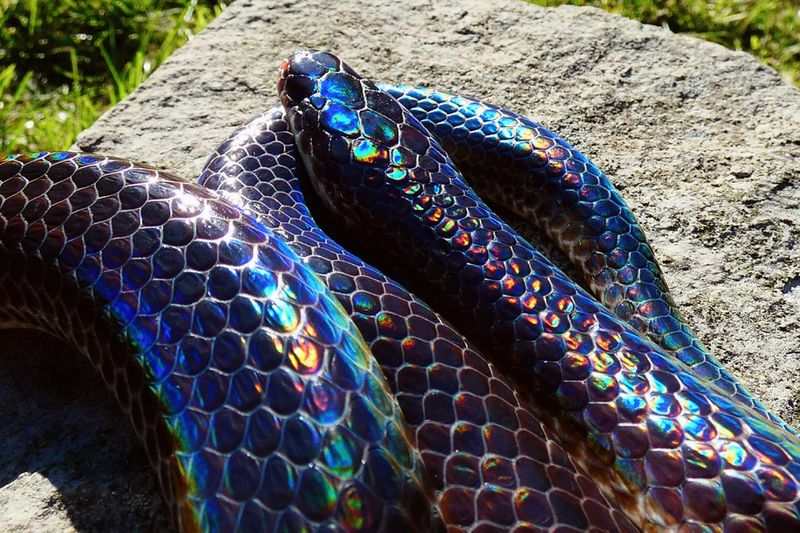
Sunbeam Snakes are fans of a humid environment, needing levels between 70-80%. A misting system or regular spraying can help maintain this.
Dry air can lead to complications, so keep it moist. Create a little rainforest right in your tank!
8. Creating Hiding Spots

Hiding spots are crucial for your snake’s well-being. These secretive creatures appreciate secluded areas to relax.
Use natural materials like leaves, branches, or specially designed hides. Creating a safe environment encourages natural behavior and enhances their overall happiness.
9. Socialization Tips
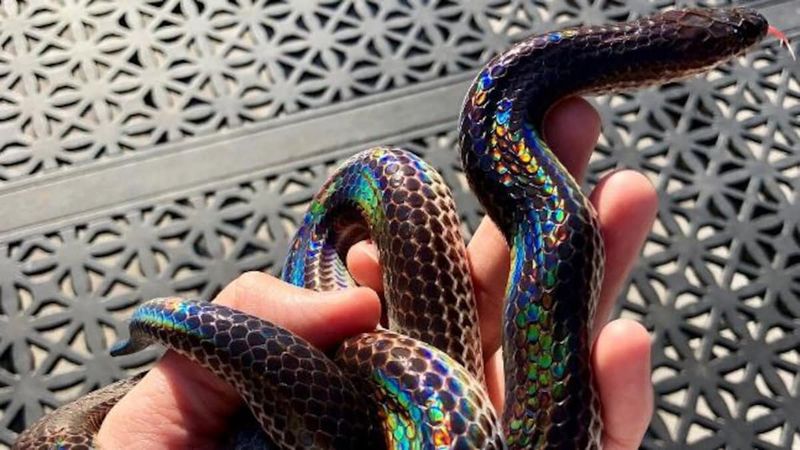
Sunbeam Snakes might be shy, but gentle socialization can build trust. Handle them regularly, speaking softly to get them accustomed to your presence.
Introduce them to different environments gradually. Over time, your snake’s confidence will grow, and they’ll become more comfortable.
10. Cleaning The Enclosure
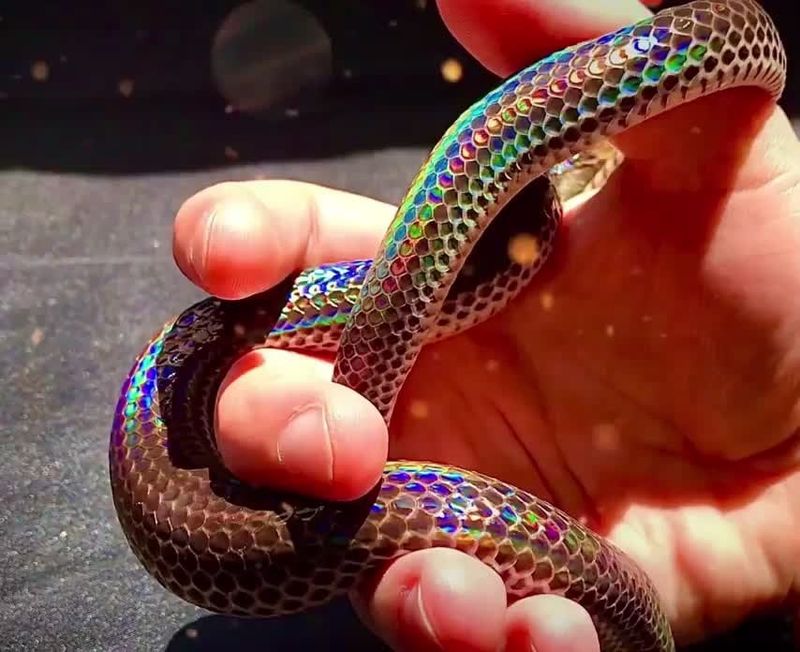
Regular cleaning is essential to keep your sunbeam snake’s enclosure healthy and safe. Remove waste promptly, and change substrate often.
A full clean every month, with non-toxic disinfectants, is ideal. Don’t forget to wash water and food bowls.
11. Enrichment Activities

Enrichment keeps your Sunbeam Snake mentally stimulated. Add climbing branches, tunnels, and textured surfaces for exploration.
Change the setup occasionally to spark curiosity. Encourage their natural instincts to roam and investigate.
12. Buying From Reputable Breeders
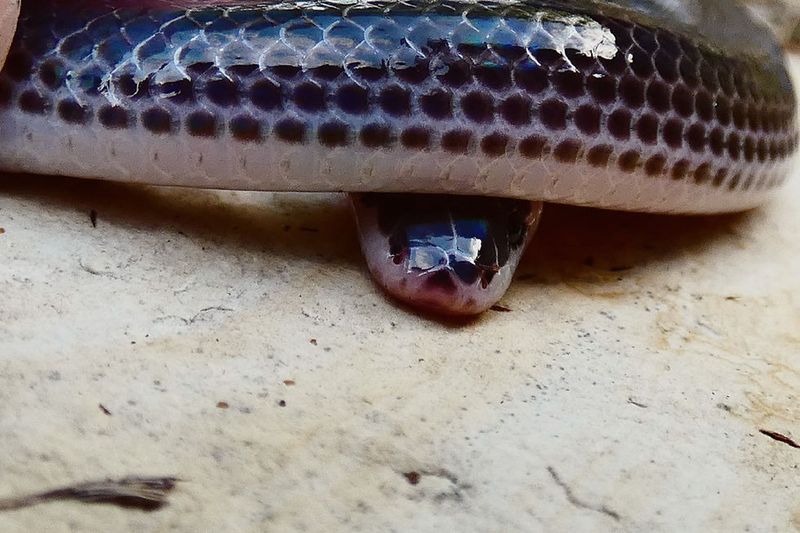
Choose a Sunbeam Snake from reputable breeders who prioritize animal welfare. Research thoroughly and ask questions about the snake’s health and lineage.
Ethical breeding ensures a healthy pet and supports conservation efforts. Your diligence helps maintain these beautiful snakes in captivity responsibly.
13. Traveling With Your Snake

Traveling with your Sunbeam Snake requires planning. Secure them in a well-ventilated travel container and maintain temperature stability.
If you must travel, ensure a stress-free environment by keeping noise and disturbance.
14. Understanding Their Behavior

Understanding Sunbeam Snake behavior reveals their needs and moods. They love to burrow, a sign of contentment.
Observing these behaviors helps you respond to their needs. Behavioral changes can signal stress or illness, so stay attentive.






